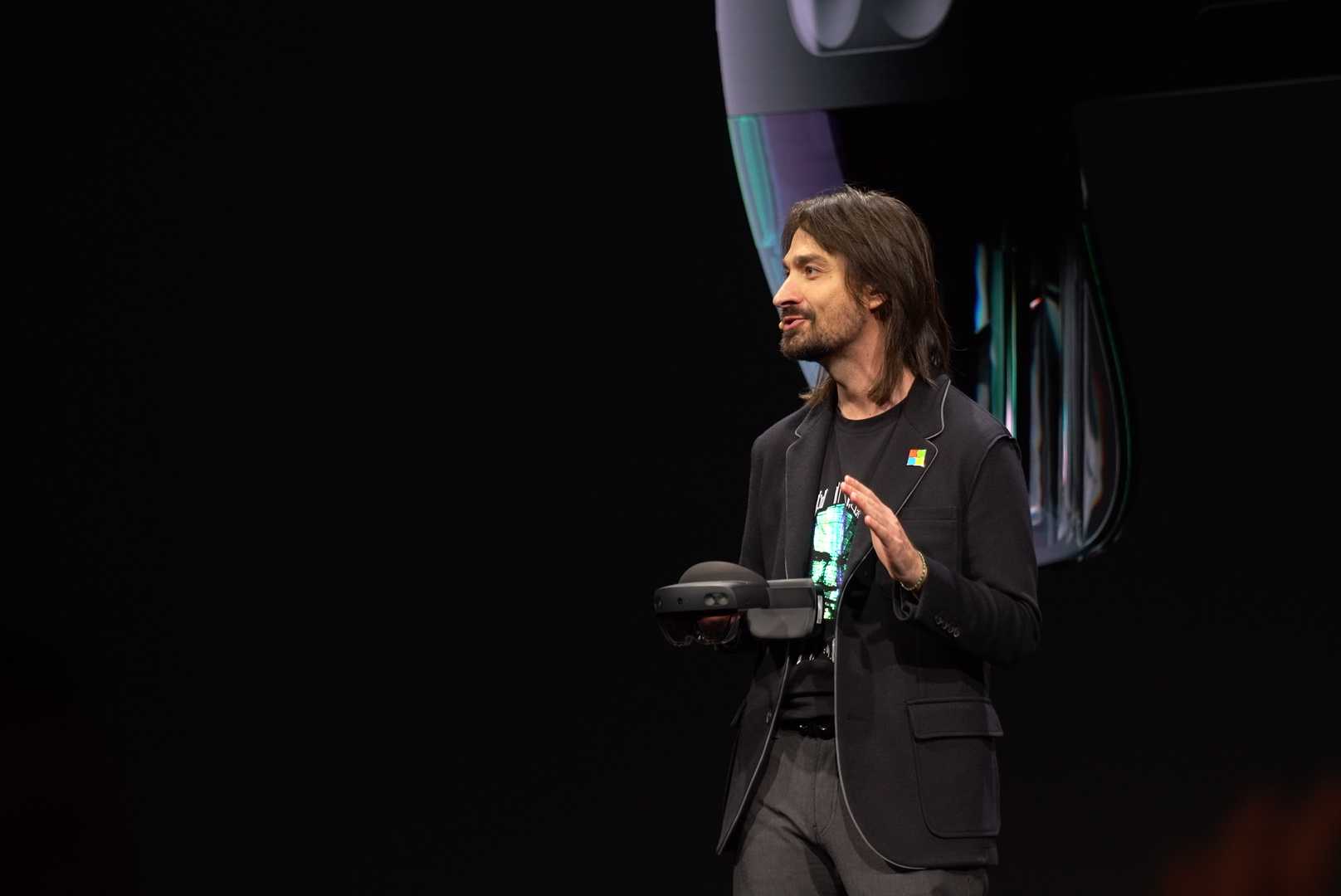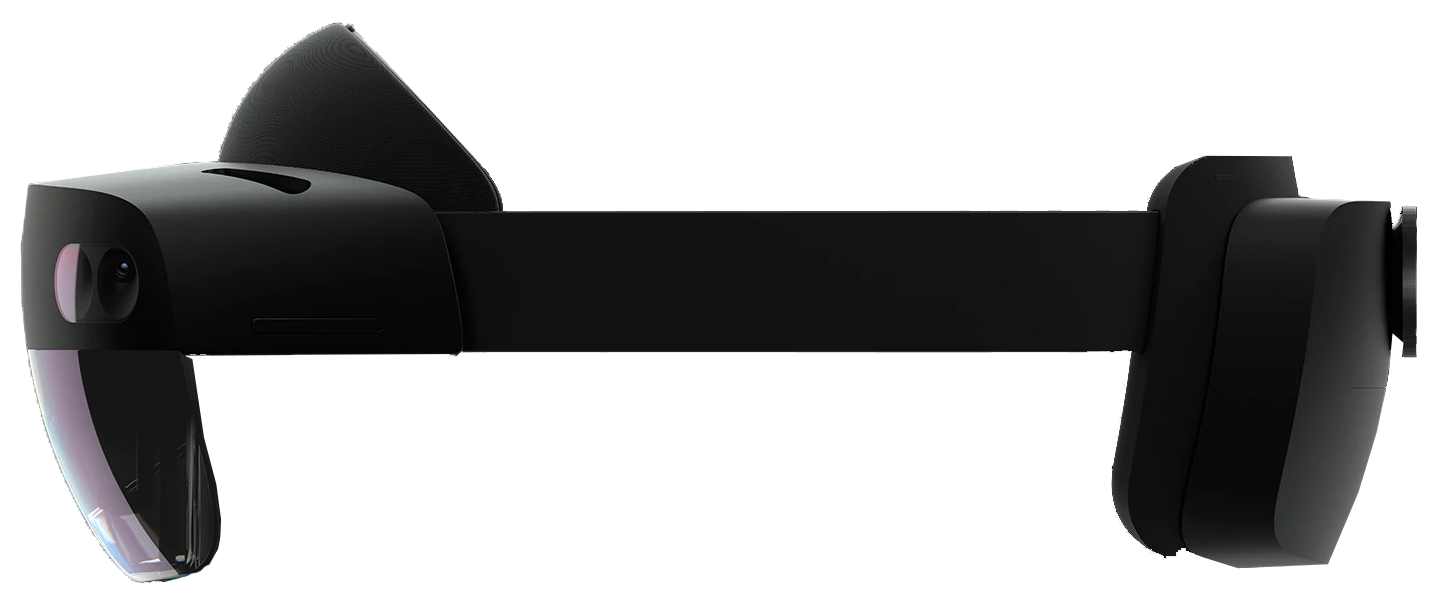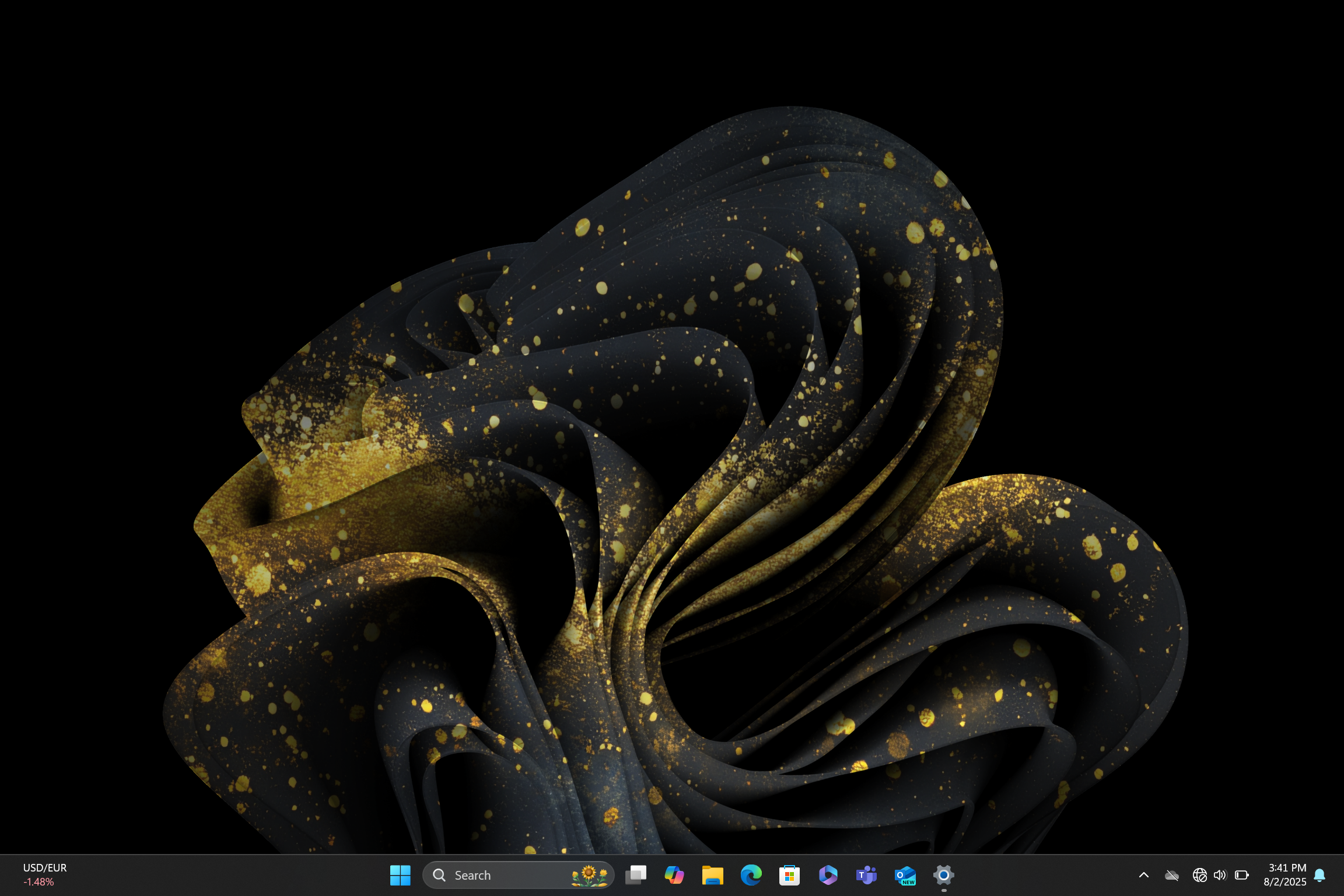Microsoft expands Mixed Reality markets with HoloLens 2, highlights Lockheed Martin and NASA
HoloLens 2 is now available in more markets, saving companies time and money.

What you need to know
- Microsoft's HoloLens is now on sale in 14 new markets.
- Case studies from companies including NASA were highlighted on the efficacy of using HoloLens 2.
- Azure Object Anchors is now in private preview.
- You can order HoloLens 2 now for $3,500 at the Microsoft Store.
The HoloLens 2 is gaining more momentum. Microsoft today is announcing new markets where the mixed-reality headset is now available to order.
Those 15 markets, including Netherlands, Sweden, and Hong Kong, were initially announced back in May as "coming to." In contrast, today, Microsoft reports that they are now available (the one exception being South Korea, which is due later this fall).
- Australia
- Canada
- China
- France
- Germany
- Ireland
- New Zealand
- Japan
- United Kingdom
- United States
- Netherlands (Now Available)
- Switzerland (Now Available)
- Spain (Now Available)
- Austria (Now Available)
- Sweden (Now Available)
- Finland (Now Available)
- Norway (Now Available)
- Denmark (Now Available)
- Belgium (Now Available)
- Portugal (Now Available)
- Poland (Now Available)
- Singapore (Now Available)
- South Korea (Later this fall)
- Hong Kong (Now Available)
- Taiwan (Now Available)
Besides market expansion, Microsoft is also taking the time to highlight some real-world usage and results from companies that have adopted HoloLens 2 into their production and manufacturing process. These case-studies are essential as they demonstrate that mixed reality is more than just some cool tech; it can save time, money, and effort.
Some of the highlights from the press announcement include Lockheed Martin, who have been using HoloLens since 2017:
Lockheed Martin/NASA, United States
Leveraging a solution from mixed reality partner Scope AR, Lockheed Martin is using HoloLens 2 to build the Orion spacecraft, which will take astronauts back to the moon. The benefits that they have realized using mixed reality are significant:
- Mixed reality solutions with the HoloLens 2 has dramatically reduced touch labor; what used to require an 8-hour shift can now be completed in just 45 minutes.
- With the HoloLens, Lockheed Martin has reported zero errors in 2+ years with the Orion spacecraft.
- The Orion spacecraft has over 57,000 fasteners; Lockheed Martin is saving $38/fastener installation.
Medivis, United States
Medivis, a Microsoft mixed reality partner, is using their SurgicalAR solution for 3D holographic visualizations (versus CT scans) to enable surgeons to perform routine procedures in an inherently superior way. To date, Medivis has:
- Successfully completed more than 200 surgeries with the HoloLens.
- Decreased radiation exposure to patients. On average, patients of SurgicalAR averaged 1 CT scan compared to 10 CT scans with traditional 2D surgical solutions.
- Demonstrated the potential to place catheters with 1 mm accuracy (versus the 2.2 cm accuracy that is often typical today)
Case Western Reserve University, United States
Case Western Reserve University is running a remote learning program using their HoloAnatomy solution and HoloLens 2 to help students more effectively learn and retain knowledge:
All the latest news, reviews, and guides for Windows and Xbox diehards.
- Students who used HoloAnatomy and HoloLens 2 experienced a 50% improvement in grades versus students who used a textbook.
- Students who used HoloAnatomy and HoloLens 2 retained 120% more knowledge over 12-months of learning versus students who did not have access to HoloAnatomy and HoloLens 2.
Finally, Microsoft also announced that Azure Object Anchors, which is part of the broader Azure mixed reality services, is now available as a private preview. Azure Object Anchors lets developers add physical markers, allowing applications to align 3D content to real-world objects.
Toyota is currently using the technology with HoloLens 2, and Koichi Kayano, Program Manager Technical Service Division at Toyota, gave the following statement to Microsoft:
"Azure Object Anchors enables our technicians to service vehicles more quickly and accurately thanks to markerless and dynamic 3D model alignment. It has removed our need for QR codes and eliminated the risk of error from manual model alignment, thus making our maintenance procedures more efficient."
The momentum for HoloLens 2, at least in private enterprise, seems to be growing. Back in May, Microsoft announced the availability of a 5G/LTE dongle for the mixed reality headset for companies that want to go mobile. In June, HoloLens 2 went on sale directly in the Microsoft Store for $3,500, letting anyone order one.
Mixed Reality for Microsoft is still years from "replacing every screen,", but it is clear the path is being forged today.

HoloLens, but better
HoloLens 2 takes everything that made the original great and turns it up to 11. With a new carbon-fiber body, extra padding, eye tracking, and a wider field of view, the headset should have no problem finding success among developers and first-line workers.

Daniel Rubino is the Editor-in-chief of Windows Central. He is also the head reviewer, podcast co-host, and analyst. He has been covering Microsoft since 2007 when this site was called WMExperts (and later Windows Phone Central). His interests include Windows, laptops, next-gen computing, and wearable tech. He has reviewed laptops for over 10 years and is particularly fond of 2-in-1 convertibles, Arm64 processors, new form factors, and thin-and-light PCs. Before all this tech stuff, he worked on a Ph.D. in linguistics, performed polysomnographs in NYC, and was a motion-picture operator for 17 years.
